👇 Take this lesson with you! 👇
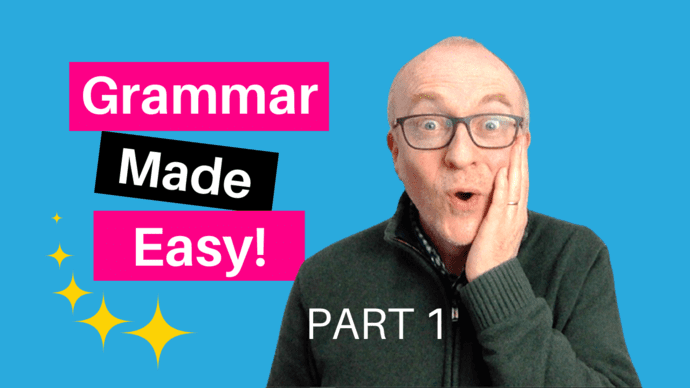
How do you think about English Grammar?
Do you think about complicated rules, confusing ideas, difficult concepts?
If so, you may be thinking about grammar in the wrong way, and so your learning is going to stressful and ineffective.
Actually, grammar can be fun, if you change how you think about it.
Let me make basic English grammar easy for you.
Table of Contents
Easy english grammar
I think language is like music.
Imagine words are like musical notes and the grammar describes which notes go together, like in English it describes which words go together. As simple as that.
Grammar describes the language, but it is not the language.
It’s a way of talking about it.
You may find that you started to get bored with grammar when your teacher introduced lots of complicated names and labels, like the ‘present perfect conditional’ or ‘possessive determiners’. As well as lots of rules followed by lots of exceptions.
And slowly, the word grammar meant ‘headache’!
You see, I think you need to start with listening to and loving the music, as well as repeating it, but not by first learning the rules about the order of notes.
Likewise with language. When learning English, start by listening to and loving the language, as well as repeating it. Don’t start with the grammar.

As a teenager, I learnt to play the piano by myself. I didn’t buy a music book, I just listened to music and tried to imitate it.
After some months, I played something to my friend, who had had music classes.
He said, that’s great, you know the major scales, arpeggios and minor blues scales. I had no idea what all that meant, but I could play them.
I was passionate about it and loved it.
In fact, I then became curious about all these names or labels and what they meant. So I leant them and it helped me.
In conclusion, I found the best way to learn was to combine learning by listening and repeating, with the discovery of some labels and rules.
I have successfully learnt Chinese and Spanish the same way. First by listening, loving and repeating, and then by learning some names, labels and rules.
This is how to make English grammar easy.
I believe the grammar should always come second, as a clarification, rather than a basis for learning.
With this in mind, I offer you this lesson as a reference.
As a way to clarify some basic English grammar you may know, and a way to review and deepen your understanding.
In this lesson, I will look at the following 8 most important parts of speech you should know as a part of basic English grammar for beginners.
Here in Part 1, we will look at the following:
- Verbs
- Adverbs
- Nouns
- Articles
In Part 2, we will look at the following:
- Adjectives
- Pronouns
- Prepositions
- Conjunctions
Verbs in english
INFINITIVES
Verbs are doing words. They describe actions and states. For example,
drive
cook
read
We sometimes put ‘to’ before a verb, and this is called the ‘infinitive’. It’s just a label to help you recognise it is a verb.
To drive
To cook
To read
Verbs can exist in different tenses. In the past, the present and the future.
PRESENT TENSE
Let’s look at examples in the present simple tense:
Describing a present habit (present simple)
I usually cook on Saturdays
I drive to work everyday
Notice in the present simple tense we must add an S or ES to the verb after he, she and it
He, she and it are sometimes called ‘the third person’.
Think of it like I am first, you are second and she is third!
He cookS /kʊks/
She driveS /draɪvz/

PAST TENSE
In the past tenses, verbs can be regular or irregular.
Regular verbs are put into the simple past tense by adding ED
I cookED yesterday /kʊkt/
I washED my face /wɒʃd/
I wantED to go /wɒntɪd/
As for irregular verbs, there are about 200 of them in English, but here are 35 of the most important ones for beginners.
Verb (Infinitive) | Past participle |
| Do | Did |
| Make | Made |
| Go | Went |
| Come | Came |
| Get | Got |
| Take | Took |
| Find | Found |
| Give | Gave |
| Put | Put |
| Bring | Brought |
| Say | Said |
| Tell | Told |
| Speak | Spoke |
| Mean | Meant |
| Know | Knew |
| Hear | Heard |
| Think | Thought |
| Feel | Felt |
| Understand | Understood |
| Buy | Bought |
| Spend | Spent |
| Choose | Chose |
| Wear | Wore |
| Eat | Ate |
| Drink | Drank |
| Drive | Drove |
| Sit | Sat |
| Stand | Stood |
| See | Saw |
| Read | Read |
| Write | Wrote |
| Draw | Drew |
| Cut | Cut |
VERBS as NOUNS
Finally, it is useful to know that verbs can become nouns. When we add ‘ing’ to a verb, often known as ‘the gerund’, it can become a noun.
For example,
Driving is fun
Cooking is relaxing
Adverbs in english
Adverbs are used with verbs to say how, when and where you do something.
Adverbs of manner: HOW
I drive quickly
‘Quickly’ (adverb) tells you how I drive (verb)
- We make an adverb by adding ‘ly’ to an adjective
Safe + ly = Safely
ADJECTIVE + LY = ADVERB
- Adverbs come after the verb. For example,
I drive quickly
SUBJECT + VERB + ADVERB
- If the verb has an object, then the adverb comes after the object
I read books slowly
SUBJECT + VERB + OBJECT + ADVERB
There are some irregular adverbs, but not many. For these adverbs, we do not add ‘ly’ to the adjective.
The common ones for basic English grammar are the following
Adjective | Adverb |
Good | Well |
Fast | Fast |
Hard | Hard |
Wrong | Wrong |
Early | Early |
Adverbs of time and frequency: WHEN
Adverbs can also describe when and how often you do something. For example,
I always drive to work
We call these adverbs frequency adverbs and the most common ones you need to basic English grammar are probably,
- Always
- Usually
- Normally
- Often
- Sometimes
- Rarely
- Never
The position of these adverbs can change in spoken English, but normally they go between the subject and the verb.
I always drive to work
SUBJECT + ADV + VERB
In addition to individual words, we also have phrases which act as adverbs, these are commonly called adverbials.
Some adverbials of frequency you may see or hear as a beginner are the following
- Now and again
- From time to time
- Once in a blue moon
Adverbials can go at the beginning or at the end of a sentence.
Once in a blue moon, I drive my wife’s car
I drive my wife’s car once in a blue moon
Nouns in english
Nouns can represent things, people, or places.
Here are some examples,
- Things
Pen, car, day
- People
Friend, teacher, colleague
- Places
Classroom, city, kitchen
When we actually use the name of something, these are known as proper nouns and are spelled with a capital letter.
Common Noun | Proper Noun |
A friend | Jack |
A city | Manchester |
A month | July |
SINGULAR / PLURAL of NOUNS
Nouns can be either singular (just one) or plural (more than one). To make a noun into a plural we add S or ES
For example
Singular | Plural | Pronunciation |
Book | Books | /bʊks/ |
Car | Cars | /kɑːz/ |
Box | Boxes | /bɒksɪz/ |
COUNTABLE / UNCOUNTABLE NOUNS
It is possible to count most things, and if we can, then we can use those nouns in the plural. For example, cars, books and boxes.
However, there are certain nouns that we cannot count, and so we can never use the plural.
Some are obvious like liquids (water, coffee, oil), these are difficult to count, and so are rarely put in the plural and don’t take an article (a / an).
If we do count them, then the meaning changes a little.
So, for example, when we say ‘I want two coffees’, we are referring to cups of coffee, not coffee the liquid.
Others are less obvious like powder (rain, pepper, salt), and grammatically we cannot put these in the plural.
Likewise, there are other abstract words that are ‘grammatically’ uncountable and so we don’t use the plural or an article (a / an).
However, we can usually make them countable by adding a unit of measure. Here are some common examples below of uncountable nouns made countable.
Uncountable Nouns | Countable Nouns |
water | A glass of water |
coffee | A cup of coffee |
sugar | A teaspoon of sugar |
rice | A grain of rice / A bowl of rice |
furniture | A piece of furniture |
information | A piece of information |
A piece of news | |
A piece of advice |
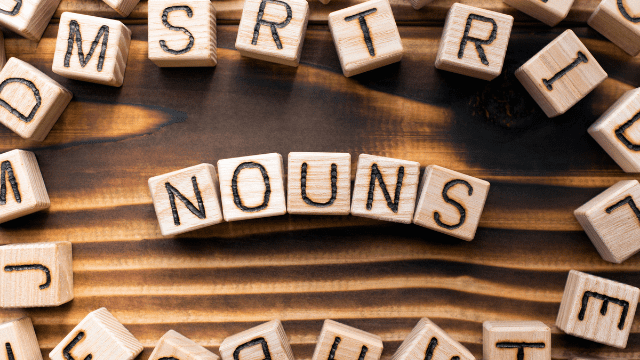
NOUN PHRASES
Nouns are not only individual words. They can also be a group of words. In this case, it is known as a noun phrase.
For example,
The pen in my hand is black
NOUN PHRASE + VERB + ADJECTIVE
The woman with blond hair and glasses is from London
NOUN PHRASE + VERB + ADJECTIVE
It is useful to be aware of these, especially when reading quickly or listening to a long passage, as it can help you identify the different building blocks of a sentence. If you only listen to or look at, individual words, this will really slow you down.
Articles in english
Nouns can have an article before them, and this help you make it clear if you are talking about a general noun or a specific one.
1) A / AN
We use the indefinite article A or AN when we are talking about something generally. So, if you don’t know which one I mean, I will use A or AN
I saw a cat in your garden.
(You don’t know which cat I mean)
I’d like an apple, please
(I am not asking for a specific one, any apple will do)
As you can see, when a noun begins with a vowel, we use AN.
Notice that with plurals, we don’t use A / AN
I love dogs
In addition, with uncountable nouns, we don’t use A / AN
I’m tired, I need coffee
2) THE
We use the definite article THE when we are talking about something specific. So if you know which one I mean – I will use THE
Can you pass me the blue pen?
(You know which pen I mean)
I am going to the bank
(You know which bank I mean)
3) THIS / THAT
In addition, to indicate if something is near or far, either in distance or time, we can use THIS / THAT.
This book is better than that one.
THIS gives the feeling that something is near, and THAT gives the feeling it is far away. Here is an example with distance in time.
This story I am going to tell you is interesting
That story you told me yesterday was interesting
We can also use the plurals as below
Singular | Plural |
This | These |
That | Those |
Thanks for reading Part 1 of Basic English Grammar.
Do leave a comment below if you have any questions.



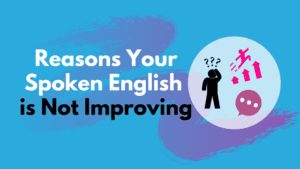
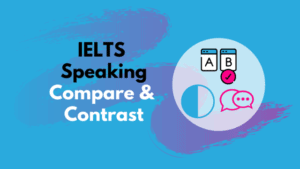
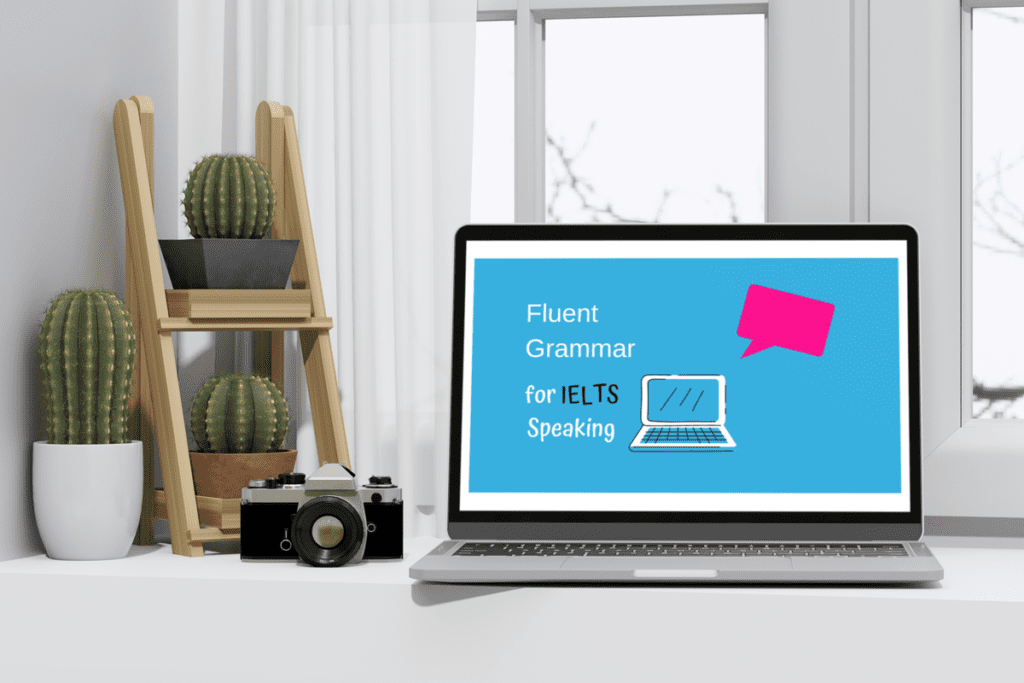
23 thoughts on “Learn Basic English Grammar: Beginners – Part 1”
Thank you Keith for so helpful, useful, and easy going Part 1 and Part 2 of Grammar. I am looking forward for Part 3 and 4 with some of my “old grammar hand-aches” such as Direct and Indirect Speech, Passive Voice, Conditionals and so on.
Pingback: Enhance Your Vocabulary for IELTS Talking with Tales - Ilampk.com
I want to learn english. I have read several sites. I feel that your teaching is marvellous, and when I have finished the free stuff, which is huge in itself I will try to enrole with you for enhancing and fluency in English. I am 76 all I want to have full command on English.
Delighted to have you learning with me!
Your are amazing teacher, My respect
Thank you so much
1. How words like work, early, etc. Can be used in a sentence as adverbs?
2. How articles come under parts ofspeach?
3. What about interjections?
Please explain.
Thanks for your questions.
‘Work’ is a noun, not an adverb.
For ‘early’ you can say, ‘He arrived early for the meeting’ (here it is an adverb describing when he arrived).
I think the use of articles is a basic part of grammar and that is why they are in this grammar lesson.
Interjections are another important part of grammar, that I have not covered here. Of course, there are many more areas of grammar to cover, and this lesson just covers a few.
Pingback: Learn Basic English Grammar: Beginners - Part 2
Your classes are excellent. I am always very keen to watch your videos….very informative and useful especially for non-native English users like me….
Pleased to hear – and thanks for watching.
Thank you, you have made the Grammar rules appearing easier than I felt decades before.
I am pleased to hear that!
that was definitively helpful and easy to learn.I look forward to get the second one.Much appreciated.
Glad you like it – Part 2 coming soon!
Please I want basic English ,Improve my knowledge .Help me.
My Pleasure
I’m Sumithra
Hi Sunithra, I hope lessons on this website can help – https://keithspeakingacademy.com/ielts-speaking-free-live-lessons/
Very interesting. It’s the ABC of English grammar. Helpful for beginners. I’m waiting for the next chapter. Thanks
Glad you like it – more coming soon!
This is very good course due to good lessons I am student of beginner
This course is very interesting
Thank you, I am pleased you like it
I am happy you like it.